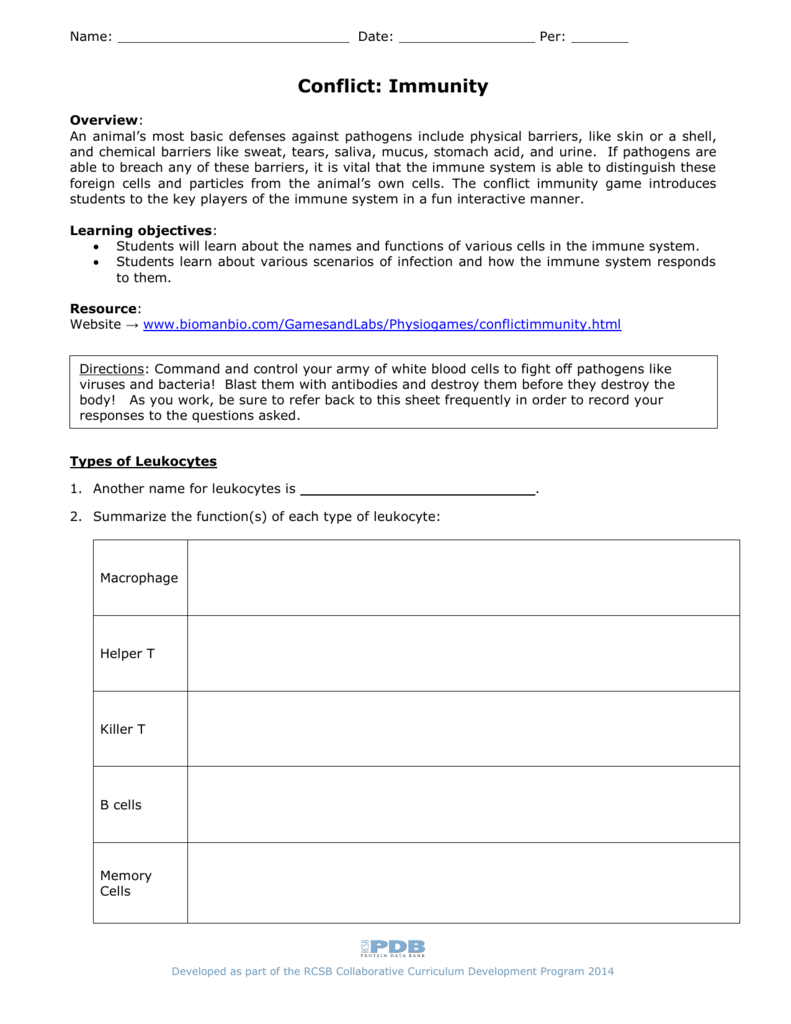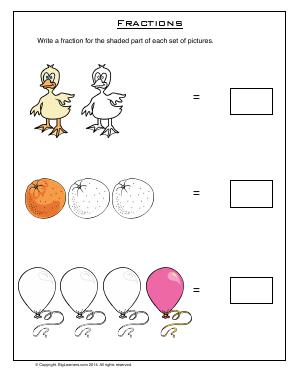42 viruses bacteria and your health worksheet answers
Pathogens Types and Examples and How ... - New Health Advisor Here you will know 7 pathogens that are most commonly seen in our life. 1. Bacteria You have good bacteria in your gut, but some bacteria are pathogens and invade your system to cause diseases. They are single-celled living organisms and they need living human cells to survive. EOF
Fighting Back! - Lesson - TeachEngineering Bacteria are independent little creatures that roam around inside your body, while viruses invade your healthy cells to multiply since they are not actually alive. Vaccinations and antibiotics are developed by chemical engineers to help your immune system fight some of the nastier germs.

Viruses bacteria and your health worksheet answers
Virus - Genome.gov Viruses infect humans. But, in fact, viruses infect many organisms, so you'll have viruses that infect fungi, viruses that infect bacteria, and we can learn a lot about how viruses maintain themselves by studying viruses that infect a whole host of species. That really does help us to understand human disease. Bacteria Are Everywhere! - Activity - TeachEngineering Bacteria can grow in a wide range of different environments, and since they do not carry out photosynthesis, they can grow with or without sunlight. Researchers use two methods to count bacteria: Shine a light through a liquid media with bacteria growing, and measure how much light is scattered by the sample. More scattering means more bacteria. OSH Answers - Canadian Centre for Occupational Health and ... biological - bacteria, viruses, insects, plants, birds, animals, and humans, etc., chemical - depends on the physical, chemical and toxic properties of the chemical, ergonomic - repetitive movements, improper set up of workstation, etc.,
Viruses bacteria and your health worksheet answers. Characteristics of Viruses - New Health Advisor Viruses that infect fungi are called mycophages, whereas bacteriophages are viruses that infect only bacteria. 7. Host Range. Viruses are the most abundant biological entities on Earth and can infect every type of cellular life. However, certain types of viruses can infect only a limited number of hosts. Smallpox virus is a great example of ... PDF Prentice Hall Algebra 1 Chapter9 Test Answers Prentice Hall Algebra 1 Chapter 9 Answers - localexam.com. Some of the worksheets displayed are Viruses bacteria protists and fungi guided reading and, Prentice hall science explorer grade 6, Prentice hall science explorer life science 2007, Prentice hall algebra 1 form k answers, Biology prentice hall key chapter 4 pdf, Answer key prentice ... SERC Engaging teaching activitiesEffective pedagogyTransformative workshops. Whether you're an undergraduate faculty member or a K-12 science teacher our suite of partner projects have materials you can use today. Connect with a community of peers as they share what really works in their classrooms. Learn more about SERC ». OSH Answers - Canadian Centre for Occupational Health and ... Included in this division are bacteria, viruses, fungi and parasites. As these organisms can live in body tissues and fluids, they should be treated as toxic. ... Examples of biohazardous infectious materials include the AIDS/HIV virus, ... Add a badge to your website or intranet so your workers can quickly find answers to their health and ...
Germ Coloring Pages: For Cute and Fun Germ Education Grades 3-5 Germ Coloring Page. Germs are microscopic organisms; some are harmless, but some can cause disease. The four major types of germs are bacteria, viruses, fungi, and protozoa. Handwashing is a way to help prevent germs. Older students will like the scientific drawings of germs and learning about the different types. Pseudomonas Syringae: Life Cycle, Characteristics & Ice ... Pseudomonas syringae is a well-studied Gram-negative bacteria and plant pathogen that infects plants worldwide. It is unique for its ability to perform ice nucleation, which causes water to freeze ... OSH Answers - Canadian Centre for Occupational Health and ... biological - bacteria, viruses, insects, plants, birds, animals, and humans, etc., chemical - depends on the physical, chemical and toxic properties of the chemical, ergonomic - repetitive movements, improper set up of workstation, etc., Bacteria Are Everywhere! - Activity - TeachEngineering Bacteria can grow in a wide range of different environments, and since they do not carry out photosynthesis, they can grow with or without sunlight. Researchers use two methods to count bacteria: Shine a light through a liquid media with bacteria growing, and measure how much light is scattered by the sample. More scattering means more bacteria.
Virus - Genome.gov Viruses infect humans. But, in fact, viruses infect many organisms, so you'll have viruses that infect fungi, viruses that infect bacteria, and we can learn a lot about how viruses maintain themselves by studying viruses that infect a whole host of species. That really does help us to understand human disease.

0 Response to "42 viruses bacteria and your health worksheet answers"
Post a Comment